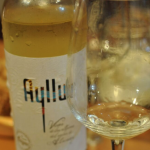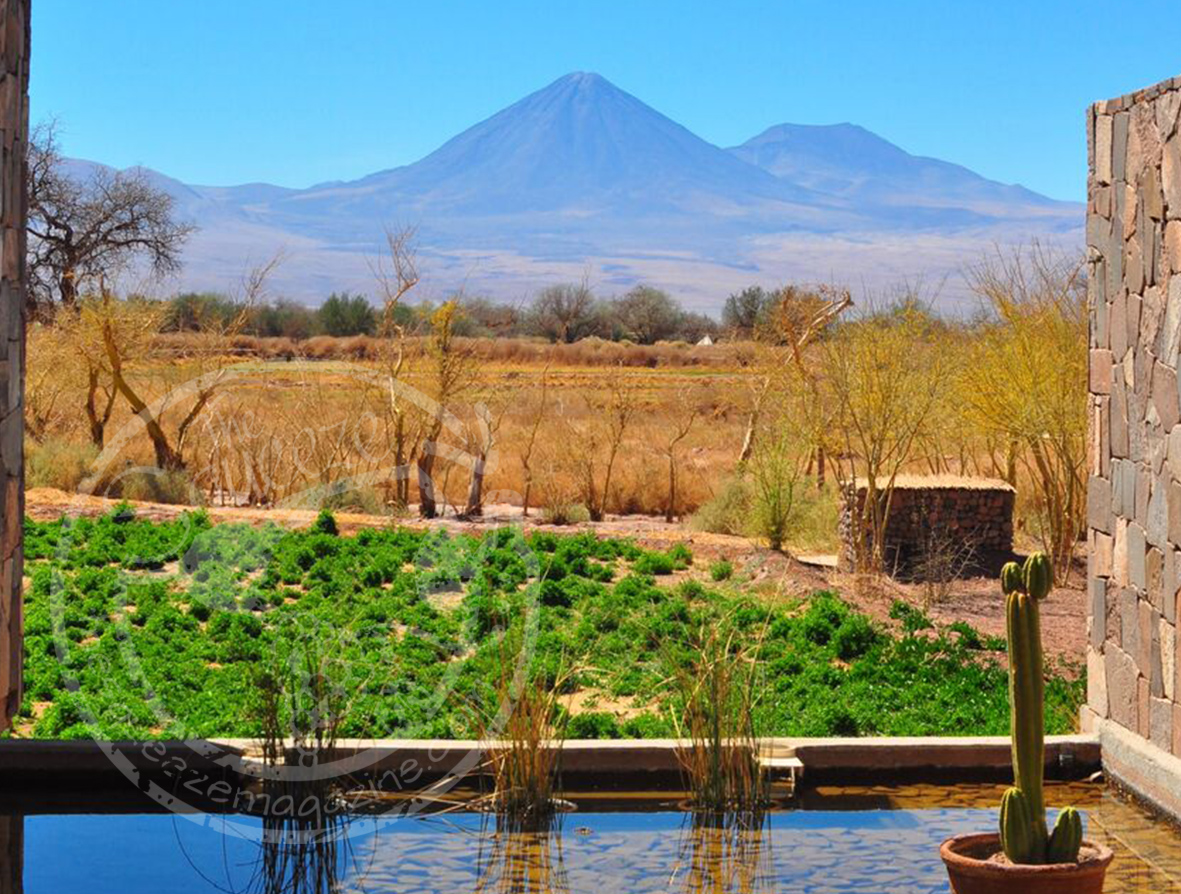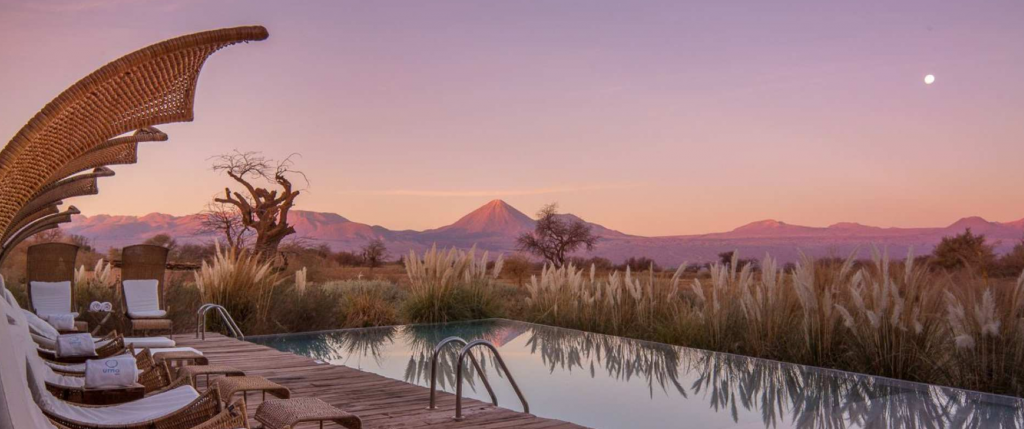There is nowhere else in the world like San Pedro de Atacama.
It may be the driest desert on the planet, but the Atacama is also home to large white salt flats, steam spitting geyser fields, colorful Altiplano mountains and cactus valleys, extreme volcanoes, and clear, star-filled night skies.
Alongside the breathtaking landscapes, there is a plethora of wildlife: pink flamingos, serene guanacos and sunbathing lizards.
But that isn’t the only life here. A vibrant community of locals and travelers create a welcoming and relaxing town that makes San Pedro de Atacama a world-class destination.
The Atacama seems to be an otherworldly destination. So otherworldly in fact that one of its most famous attractions is named after the moon: Valle de la Luna (Moon Valley).
It is not hard to see why this is called Moon Valley – the surface is virtually white. Covered in salt, this extraordinary landscape is part of the Cordillera de la Sal (Salt foothills). Formed over millions of years, water and wind shaped these unique formations: rock sculptures, caverns, caves, sand dunes and interesting patterns. This arid and barren land, with less than 1mm of rain a year, has a unique geography. Moon Valley is a beautiful spot for walking and at only 13kms from San Pedro, it is everyone’s favorite place for sunset.

Although many life forms cannot survive in such conditions, there are some that thrive: flamingos! Both valleys are part of the National Flamingo Reserve, which is also the third largest salt flat in the world – the Salar de Atacama. This phenomenal salt flat has small pockets of water that form picturesque lakes and lagoons among the spiky, white salt formations. These lagoons are home to three species of pink flamingos and other birds, making them an excellent spot for bird spotting.
It is also a wonderful spot for bathing, and you can visit Laguna Cejar for a swim. The natural sinkhole has up to 28% salt in the water, and the high salt concentration means that you float in the water. Although there is always enough sunshine in the Atacama, the water is very cold at Cejar! For those who prefer warm waters, there are beautiful natural springs with hot thermal pools, like Puritama, that are more inviting. The most famous hot springs of all though, are the geysers…
El Tatio is a geyser field with over 80 active geysers that spit out hot steam and boiling water that comes from beneath the earth’s surface. Located 4,320m above sea level, El Tatio is a high altitude spot and requires a couple days of acclimatization before you can go – but it is certainly worth the wait! El Tatio is best visited at the break of day so that you can witness the huge columns of steam that condense in the cold air. As the sun comes up, the steam appears to shrink although the geysers are just as active. Another attraction here is dipping into the hot thermal pool heated by a geyser. This pool is around 40-60C and is a perfect temperature for the outside temperature of between -10C to 10C. Although it is only safe to enter that one pool, as many of the other geysers reach up to 90C!
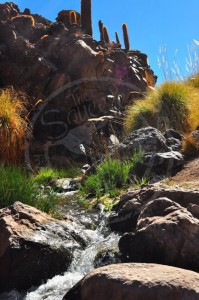
History and Culture
While a dry desert might seem an inhospitable environment, the Atacama region has in fact had inhabitants for over 10,000 years. Atacameño natives used to farm llamas and have a rich history of trading. San Pedro was on the Inca trail and was a main stopping point for tradespeople moving across the empire in 15th and 16th centuries. The Inca heritage was so strong here that Incan mummies (of three small children sacrificed) were discovered at the top of nearby Llullaillaco Volcano. You only need to look to the Pukara de Quitor fort to see how developed civilization in San Pedro before the Spanish conquest.
Nowadays though, people from all over Chile and the world live in San Pedro de Atacama town. This is a real hub for tourism and one of the most visited destinations in Chile. The small town is relaxed and laid back, with a village charm.
Experience
During the day, musicians play in the main square and there are many open markets selling local artisan goods and crafts. During the evenings, bonfires are lit in restaurants so that you can enjoy the great outdoors while not getting too cold in the brisk desert temperatures.
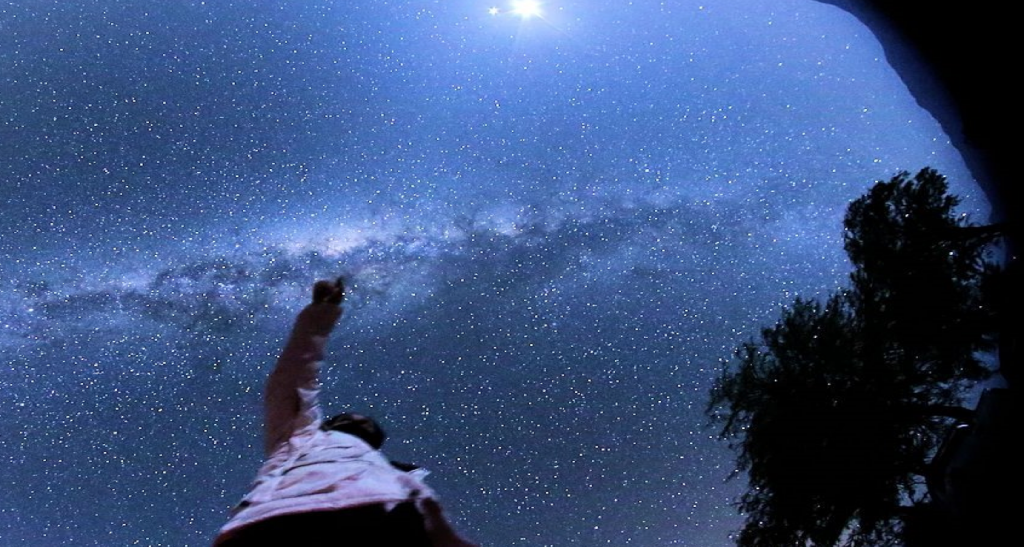
Another nocturnal excursion you cannot miss is experiencing the local cuisine. Typical to this part of Chile is eating local delicacies like guanaco meat, quinoa, trying the local rica rica herb and chañar syrup. Accompany some hearty Atacama cuisine with a glass of warming Chilean Cabernet, and you’ll be ready for the following day exploring the Atacama!
Where to Stay
If you are looking for adventure: Explora
The original luxury hotel in San Pedro, Explora offers over 50 excursions to explore the Atacama. Five minutes from the town center with their own horse stables, you can ride horses, climb volcanoes, and trek through cactus valleys, or just relax in the beautiful gardens and hot springs.
If you are looking for romance: Tierra
Take a private hot tub by candlelight under the stars while you sip on Chilean sparkling wine at this deluxe hotel. Each room has its own terrace and you can recuperate after a day out exploring the desert in their excellent spa or delighting in local cuisine at the restaurant.
If you are looking for nature: Alto Atacama
Next to the Pukara de Quitor, the Alto Atacama is nestled amongst the rocks and feels like you are in the middle of the desert. Beautifully landscaped gardens lead you to the outdoor pools, and you can take one of their many excursions that include nature spotting, local gastronomy and culture tours.
If you want to be in the center of the action: Terrantai
This boutique hotel is in the center of San Pedro. Designed with local rocks in the traditional Atacama style, this small hotel has secluded gardens and shaded rooms. Best of all, you can see the church spires from the garden and are just one block from the main plaza.
Where to Eat
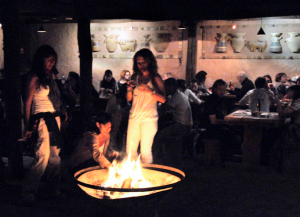
With indigenous ingredients and cooking methods, Baltinache serves Altiplano-Mapuche fusion food in an imaginative set menu.
Adobe, Caracoles
With a beautiful patio and fireplace outside, Adobe has a warm and inviting atmosphere with Chilean cuisine and a traditional band playing each night.
